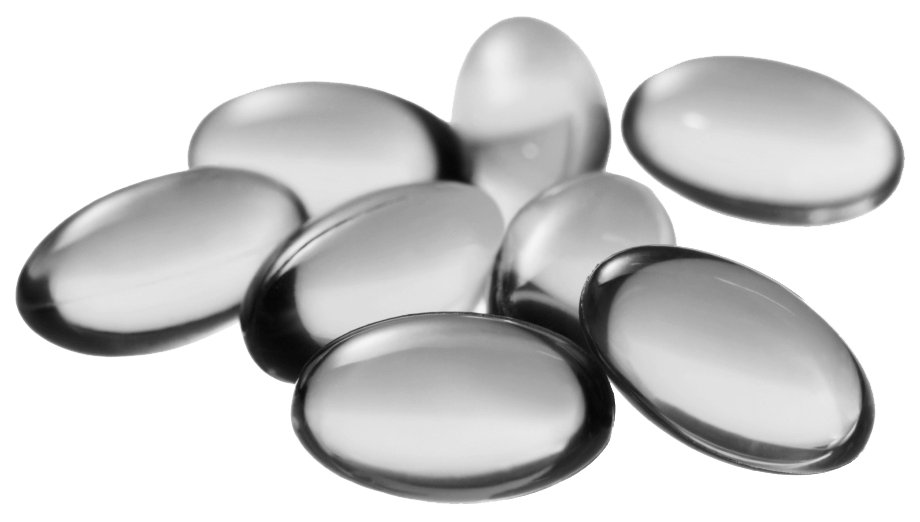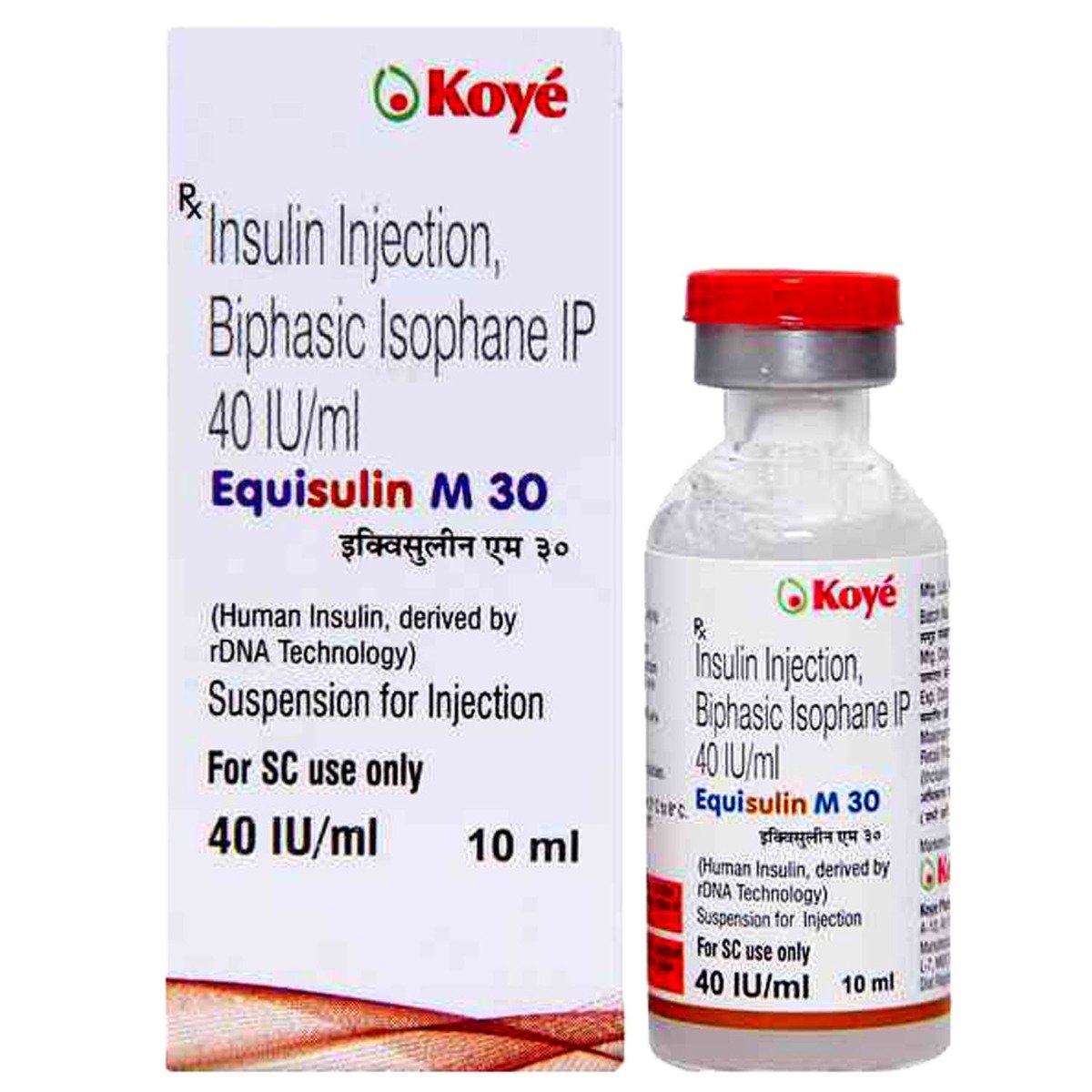Insulin Glulisine
About Insulin Glulisine
Insulin Glulisine is rapid-acting insulin for the treatment of diabetes mellitus in both children (above six years of age) and adults. The active ingredient in Insulin Glulisine is insulin glulisine. Insulin Glulisine is a recombinant human insulin analogue that is equipotent to regular human insulin. Insulin glulisine has a more rapid onset of action and a shorter duration of action than regular human insulin. Diabetes is a lifelong condition that causes a person's blood sugar level to become too high.
Insulin Glulisine is a fast-acting insulin that works rapidly to normalise blood sugar levels after a meal. It typically begins working within 10-20 minutes after injection, peaks in about 1 hour, and keeps working for 2 to 4 hours. Due to this short action, Insulin Glulisine should normally be taken in combination with intermediate-acting or long-acting insulin preparations. Insulin Glulisine works by ensuring rapid and consistent sugar control. Insulin Glulisine is a fast-acting form of insulin that helps lower blood sugar levels after food intake. Prevents the risk of having severe complications of diabetes.
The primary role of insulin and insulin analogues, including insulin glulisine, is glucose metabolism control. Insulin lowers blood glucose levels by stimulating peripheral glucose uptake, particularly skeletal muscle and fat, and inhibiting hepatic glucose production. Insulin glulisine takes effect about twice as fast as regular human insulin and completes the glucose-lowering effect about 2 hours earlier than regular human insulin.
Your doctor will advise you on how to use Insulin Glulisine. It should be administered at least 0-15 minutes before or soon after meals. The common side effects of Insulin Glulisine are hypokalaemia (low potassium), hypoglycaemia (low blood sugar level), local injection site reactions, lipodystrophy (fat deposition under the skin), rash, and pruritus (itch skin), which may occur at the injection site. Most of these side effects of Insulin Glulisine do not require medical attention and gradually resolve over time. However, if the side effects are persistent, reach out to your doctor.
Try not to stop taking Insulin Glulisine of your own. Let your doctor know about this, as it may cause withdrawal symptoms. Do not take Insulin Glulisine if you have any low blood glucose levels, kidney, liver, or heart problems, or problems with alcohol or other prescription recreational drugs. Along with Insulin Glulisine, you should take a healthy diet, exercise regularly, and maintain weight as your doctor advises. Insulin Glulisine is a cold chain medicine, so it must be stored in the refrigerator between 2-8 degrees Celsius; otherwise, its efficiency might get lost. Do not store it in the freezer of the fridge.
Uses of Insulin Glulisine
Medicinal Benefits
The primary role of insulin and insulin analogues, including insulin glulisine, is glucose metabolism control. Insulin lowers blood glucose levels by stimulating peripheral glucose uptake, particularly skeletal muscle and fat, and inhibiting hepatic glucose production. Insulin Glulisine works by ensuring rapid and consistent sugar control. Insulin Glulisine is a fast-acting form of insulin that helps lower blood sugar levels after food intake. Prevents the risk of having severe complications of diabetes. It stimulates the recovery of sugar in muscle and fat cells and thus suppresses sugar production in the liver. Insulin Glulisine helps in improving the glycaemic control, which in turn decreases the risk of progression of complications of diabetes like damage of the retina (retinopathy), damage of kidney (nephropathy), damage of nerve cells (neuropathy), delayed wound healing, diabetic foot ulcer and others. Besides this, Insulin Glulisine can be safely prescribed to the diabetic mother during pregnancy and lactation.
Directions for Use
Storage
Side Effects of Insulin Glulisine
- Injection site reactions (such as reddening, unusually intense pain on injection, itching, hives, swelling or inflammation)
- Hypoglycaemia (low blood sugar level)
- Hypokalaemia (low potassium)
- Lipodystrophy (fat deposition under the skin)
- Rash
- Pruritus (itchy skin)
Drug Warnings
Insulin Glulisine is for subcutaneous (under the skin) in the abdominal wall, thigh, or upper arm. It can also be administered intravenously (IV) only with 0.9% saline solution infusion. If you are changing the brand of insulin or if you need to inject your insulin by another method, it should be done under strict medical supervision. Cases of heart failure were reported when pioglitazone was used with insulin, especially in patients at high risk of cardiac heart failure. The first symptoms of hyperglycaemia (high blood sugar level) may include symptoms like excessive thirst, dry mouth, increased frequency of urination, nausea, vomiting, drowsiness, flushed dry skin, loss of appetite and acetone odour of the breath. You should closely monitor these symptoms. If you have had any heart attack or have weight gain and oedema (fluid deposition in tissue), let your doctor know before taking Insulin Glulisine. It is advisable not to consume alcohol as it may either increase or decrease your blood glucose level. Care should be taken while travelling across more than two time zones. Your doctor may adjust your insulin schedule. Insulin Glulisine may decrease the level of potassium (hypokalemia) if left untreated, may lead to respiratory paralysis, irregular heartbeat rhythm, coma and even death. Do not take Insulin Glulisine if you have any low blood glucose levels, kidney, liver, or heart problems, or problems with alcohol or other prescription recreational drugs.
Drug Interactions
Drug-Drug Interactions: Insulin Glulisine may have an interaction with drugs that may increase the risk of antiarrhythmic (disopyramide), hemorheological agents (pentoxifylline), antidiabetic medicinal products (pramlintide, glucagon), beta-blockers (metoprolol), diuretics (furosemide ), bleeding disorder drugs (octreotide), antipsychotic (propoxyphene, phenothiazines), oestrogens, progestins (e.g. in oral contraceptives), protease inhibitors and atypical antipsychotic medicinal products (e.g. olanzapine and clozapine)., thyroid hormones (levothyroxine), anti-asthmatics (albuterol, epinephrine, terbutaline), antidepressant medications (fluoxetine, lithium), lipid-lowering pills (reserpine, niacin, clonidine, fenofibrate, guanethidine), pain killers (aspirin) and antibiotics (isoniazid).
Drug-Food Interactions: Insulin Glulisine may interact with an ayurvedic, homoeopathy, Unani, herbal supplements or OTC items. Tell your doctor if you are using these products. Avoid drinking alcoholic beverages with Insulin Glulisine as it may increase or decrease your blood sugar level.
Drug-Disease Interactions: Insulin Glulisine should not be given to patients with kidney disease, liver disease, low blood sugar/glucose level (hypoglycaemia), and low potassium level (hypokalaemia).
Drug-Drug Interactions Checker List:
Safety Advice

Alcohol
unsafeYou are recommended not to consume alcohol along with Insulin Glulisine to avoid unpleasant side-effects. Alcohol may either decrease or increase the blood sugar level which can be fatal.

Pregnancy
safe if prescribedInsulin Glulisine can be used during pregnancy. Your insulin dose may need to be changed during pregnancy and after delivery.

Breast Feeding
safe if prescribedInsulin Glulisine can be given safely to nursing mothers but only under the supervision of a physician.

Driving
unsafeDrive with caution, Insulin Glulisine usually causes drowsiness and affects driving ability. Your ability to concentrate and react may be reduced if you have hypoglycaemia (low blood sugar).

Liver
cautionInsulin Glulisine to be taken with caution, especially if you have a history of liver diseases/conditions. The dose may have to be adjusted by your doctor.

Kidney
cautionInsulin Glulisine to be taken with caution, especially if you have a history of kidney diseases/conditions. The dose may have to be adjusted by your doctor.

Children
safe if prescribedInsulin Glulisine can be given safely to children provided; dose has to be prescribed by a child specialist.
Habit Forming
Diet & Lifestyle Advise
- Exercise may lower your body’s need for insulin during and sometimes after physical activity.
- Exercise may also speed up the effect of an insulin dose, especially if the exercise involves the area of the injection site (for example, the leg should not be used for injection just prior to running).
- Discuss with your doctor how to adjust your insulin regimen to accommodate exercise.
- Avoid eating sugar food and prefer food cooked food low in calories.
- When travelling across more than two time zones, you should talk to your doctor concerning adjustments in your insulin schedule.
Special Advise
- Your doctor may tell you to have a regular potassium level as prolonged administration causes a life-threatening condition of hypokalemia (low potassium).
Patients Concern
Disease/Condition Glossary
Diabetes: Diabetes is a chronic or lifelong disease that prevents the body from utilizing insulin properly. Insulin is the hormone that controls sugar levels in the blood. Diabetes is a condition in which blood glucose levels are above normal. It is of two types, namely: type-1 and type-2 diabetes. Type-1 diabetes is a condition in which the pancreas produces little or no insulin. Type-2 diabetes affects the way the body processes sugar. Symptoms of diabetes include lack of energy, tiredness, frequent urination, excess thirst, dry mouth, blurry vision, constant hunger, weight loss, and itchy skin.
FAQs
Insulin Glulisine can be given to treat both the condition of type 1 and type 2 diabetes mellitus. However, your doctor will decide whether Insulin Glulisine can be given to you or not depending on your present condition. Insulin Glulisine should be avoided in patients who are allergic to Insulin Glulisine or other forms of insulin, patients with kidney disease, liver disease, low blood sugar/glucose level (hypoglycaemia), and low potassium level (hypokalaemia).
Insulin kept out of the refrigerator will not poison you or even make you sick. It just means that your insulin will not work as well or deliver its full potential dose. In simple terms, if your blood sugar is high, and you use the insulin that has been kept out, your blood sugar may not be lowered.
Insulin is released from the beta cells in your pancreas in response to the rise in glucose in your bloodstream. After you have consumed a meal, any carbohydrate you have eaten is broken down into glucose and transferred into the bloodstream. The pancreas detects this rise in blood glucose and starts to secrete insulin.
Habitual moderate coffee drinking has actually been associated with increased insulin sensitivity and lowered risk for type 2 diabetes. But in acute and high doses, caffeine can decrease insulin sensitivity and raise plasma insulin levels.
Insulin is released from the beta cells present in your pancreas in response to rising glucose in your bloodstream. The pancreas detects this rise in blood glucose and starts to secrete insulin.
A hard-boiled egg is a handy high-protein snack when you have diabetes. Your protein will help keep you full without impacting your blood sugar. Protein not only slows down digestion, but it also slows down the absorption of glucose. If you have diabetes, this is very beneficial.
Pramlintide, Ethanol (Alcohol) and Macimorelin have got serious interactions with Insulin Glulisine. So, do not take these medicines with Insulin Glulisine.









